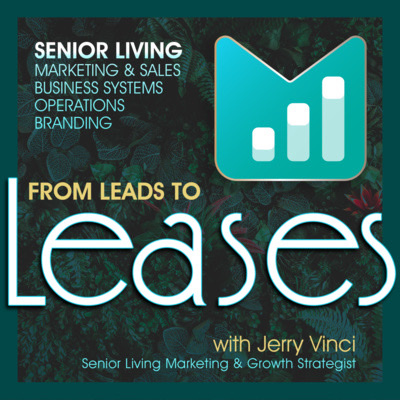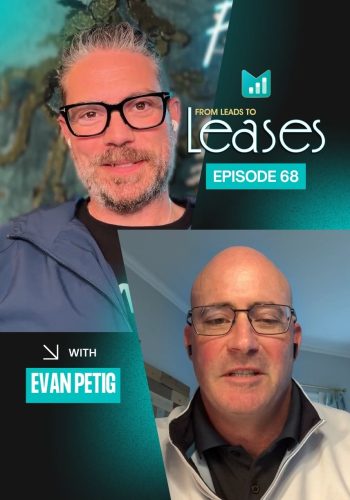Summary
In this episode, Jerry Vinci and Evan Petig discuss the complexities of the senior living industry, focusing on the importance of bridging the gap between sales and ownership perspectives. They explore how understanding product value, optimizing inventory, and pricing strategies can enhance community engagement and performance. The conversation also touches on the future challenges and opportunities in senior living, emphasizing the need for innovative solutions to accommodate the growing senior population.
Takeaways
- The real power move is aligning sales and ownership perspectives.
- Sales teams must understand the product’s value proposition.
- Ownership seeks collaboration, not criticism, from sales teams.
- Sales counselors face unique challenges in selling senior living.
- A holistic view of the product includes pricing, finishes, and community engagement.
- Inventory optimization requires data analysis and team collaboration.
- Establishing standards can eliminate objections in sales.
- Trust and value are critical in driving decisions in senior living.
- Celebrating small wins can build momentum in turnaround situations.
- Innovation and testing are essential for long-term sustainability in the industry.
Learn More:
Connect with Evan Petig







